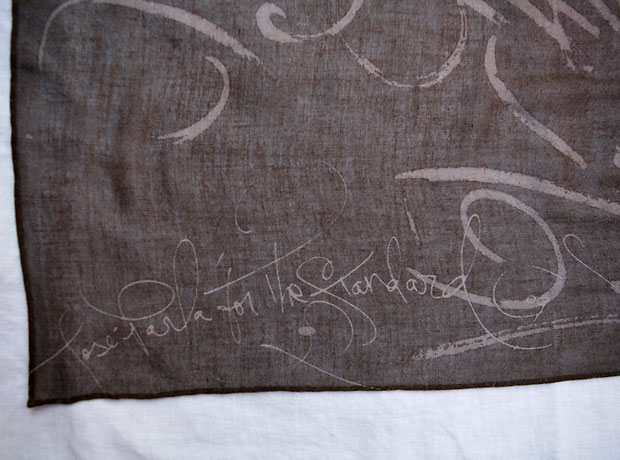Vayu Cashmere Scarves
Travel-inspired, artisan-focused brand From The Road creates an incredibly light, sheer accessory

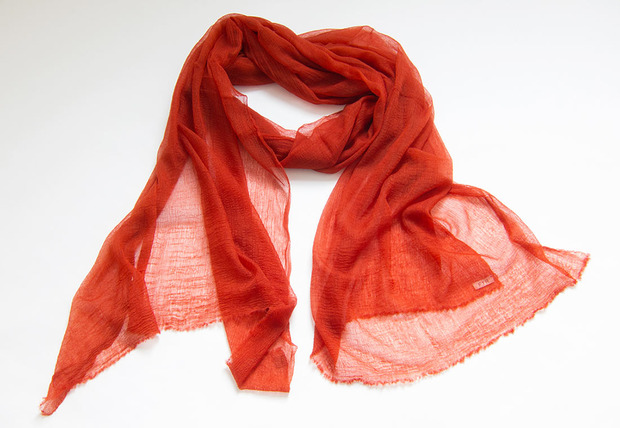
Susan Easton has worked at powerhouse creative firms like Milton Glaser, Pentagram, Razorfish and Disney but found that the corporate life wasn’t for her. When we first met, in 2012, she had just succumbed to her travel bug and founded From The Road, a retail outlet that develops items from each off-the-grid journey Easton embarks on. Visiting locations from Nairobi to the Himalayas, she searches and meets with artisans whose craft is an important part of their indigenous culture, surroundings and often economy. Working in partnership they develop designs that bring traditional techniques, local materials and a modern perspective together to create products that are built on the past but speak to the present.


Easton does extensive research before heading to a new country, seeking out various crafts and trades that can be put to use. Her sense of adventure and genuine interest in local customs, meetings and inspirations has created sculpted rings carved from local horn in the Ecuadorian Andes, alpaca blankets brushed out with dried thistles from Peru and clutches made from fish leather hide in Kenya.
The story of the items, the people who make them and the place they are made in is just as important as the final product. Easton’s creative skills help her capture these moments in photos, words and videos, creating products that are as much travel and social narrative as they are works to covet for their beauty. It’s about the journey, and the name From the Road speaks to that in more ways than one.
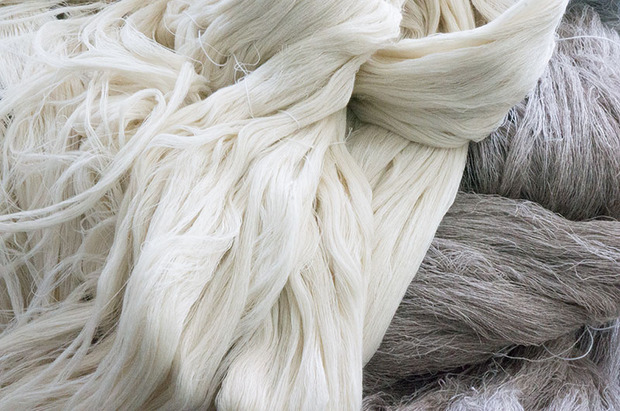
FTR’s newest offering is one of several created during a few months in Nepal. Unusually light and sheer, the cashmere scarf is handwoven from thousands of single cashmere strands and is aptly named “Vayu,” Hindi for “air.” The process behind making a scarf takes around a week and involves four artisans. Easton tells CH, “It was so exciting to be able to collaborate on a scarf that required a level of artistry that I did not even know existed before—seeing them literally assemble the thousands of strands by hand into something seemingly lighter than air.”

The cashmere strands are sourced from Chyangra goats that live on the high altitude plateaus of inner Mongolia. As the goats naturally shed their winter coat in the springtime, the softer fiber is collected from the neck area and underbelly once a year. After being spun into thin strands, the cashmere is sent to Nepal for weaving.
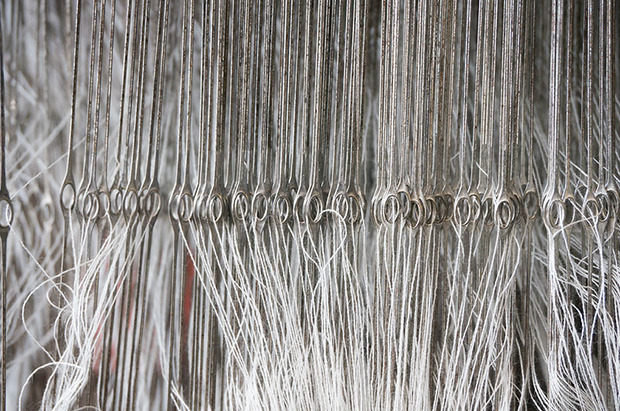
Perhaps the most laborious part of the process is “drafting,” when the loom is being prepared. Over 2,000 strands are fed by hand through two sets of eyelets (over 4,000 in total) in a delicate process. The treadle-loom is powered by foot; one person works the pedals and two people monitor the loom as the shuttles shoot through the warp, ensuring that the very thin cashmere strands don’t get tangled. The act generates an interesting rhythmic pattern.
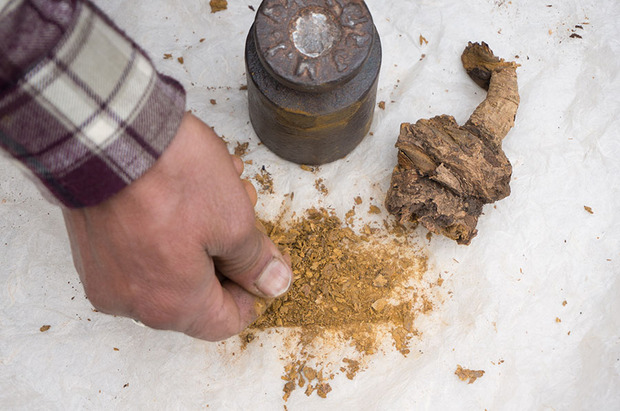
Once the material has dried the dying process can begin. Using only natural elements including herbs, plants, nuts, fruits and more, vibrant colors are created. For example, the rich red dye is made with red sandalwood, while the sand color is made with okhar bhokra (Himalayan walnut husk) and hirakashki (an iron sulphate). Easton emphasizes that the combination of science (the process requires precise weighing and measuring) and artistry that comes from working with natural dyes—is becoming a rare art as synthetic dyes have become the norm in the textile industry, “I worked with them to bring back this tradition and love the idea that consumers can pick their own custom color and have it made to order,” she says. The chemical alternative is cheaper, faster, takes much less skill and has very little variance; natural dyes are more time consuming and come with a higher cost that most customers are not willing to absorb. Natural dyers have fewer opportunities to practice their art. Master colorist Rakesh, for example, reopened his local facilities for Easton after being closed for four years due to a lack of demand. He now brings his expertise to creating these cashmere scarves for From the Road.

While From the Road is a business and has allowed Easton to leave the corporate world and helped hundreds of craftspeople earn a living, it’s also a chance to experience the rich cultural heritage and spirituality of the places she travels to. “While visiting Boudhanath, Nepal (one of the most holy Buddhist sites in the world), there was a world peace prayer gathering that drew thousands of Monks and Lamas from all over the region,” Easton says. The memory of participants tossing bright yellow dye from buckets to create a lotus painting, while the group collectively chants and incense is burned, is one that will stay with her for some time.

Shop the Vayu cashmere scarves (each custom color scarf is made to order) and browse the rest of the offerings at From the Road. Keep an eye out for what Easton will discover on her next trip—to Bolivia. Easton will be exploring preservation programs within the Amazon and plans to visit indigenous communities, where she’s hoping to develop a sustainable alligator project.
Images courtesy of From The Road

